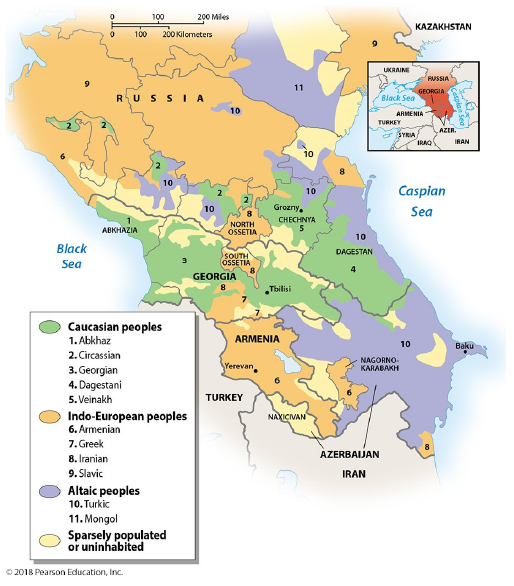Briefly explain the interaction between mutations, "survival of the fittest," and adaptation or adaptive traits.
What will be an ideal response?
Mutations are the source of genetic change. Neutral or beneficial mutations may remain in a population even though they have not become prominent. At some point the need may arise, due to changes in the environment, to select a new trait. Mutations have provided a pool of possible alternatives. Natural selection will work on those traits by selecting for the one or ones that provide the best reproductive success, or in other words are the most "fit."
You might also like to view...
How does the linguistic and religious complexity of the Caucasus Region influence the politics of the region? 176)

What will be an ideal response?
Climatologists warn of a tipping point when global temperatures trigger unavoidable catastrophic events and sea levels rise more than 25 feet. What single event would cause the sea level to rise that much?
A) Increased precipitation over the continents B) Melting of the Greenland Ice Sheet C) Thermal expansion of the oceans D) Melting of the polar ice caps
Hurricanes derive their energy from
A) the latent heat of vaporization. B) the latent heat of fusion. C) the latent heat of condensation. D) the latent heat of sublimation.
One main difference between lake coasts and the ocean coast is that:
a. lake coasts do not have wind waves. b. lake coasts do not have beaches. c. lake coasts do not have the effect of tides. d. lake coasts do not have spits. e. lake coasts do not experience wave refraction.